Strength training is important, but runners must also make sure to incorporate these exercises into their routines without injuring themselves.
Tom Broback, a physical therapist, physical performance expert and author of the course "How to Avoid Meniscus Surgery" shares with Canadian Running Magazine the basics of how runners can safely strength train to improve performance.
One of the key ways to ensure effective strength training while minimizing the risk of injury is to follow a program that is tailored to your specific strengths and weaknesses. The best way to do this is to consult a professional, such as a physical therapist, strength and conditioning coach, or personal trainer who has experience working with runners.
Broback adds that a runner's training program should include basic movement patterns, including squats, deadlifts and lunges.

Squat is a standing up - sitting down exercise that uses many different muscle groups in the body such as thighs, buttocks and hips.
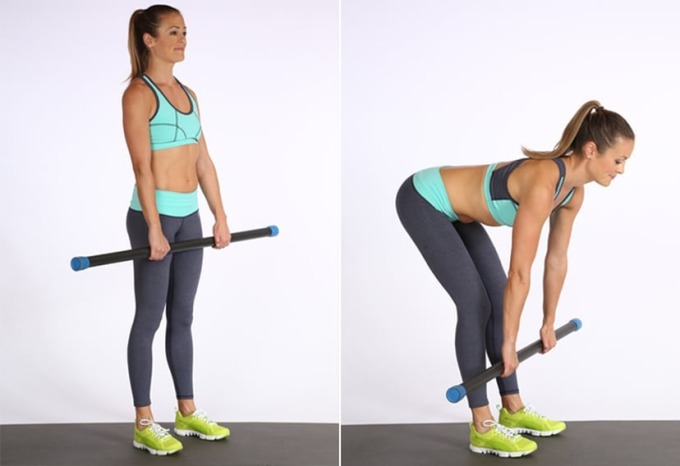
Deadlift is an exercise that lifts a barbell off the ground to hip level, with the torso perpendicular to the floor, before placing it back on the ground.
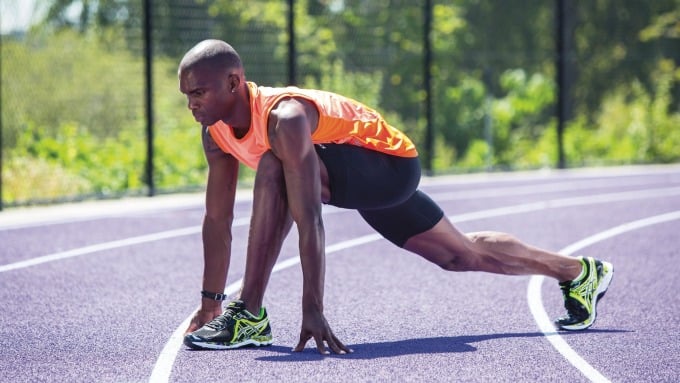
In the Lunge exercise, the practitioner steps forward and bends the knees, helping the body build lean muscle mass, which means increasing muscle mass and reducing excess fat content.
At the same time, runners need to focus on aspects of human performance that running alone doesn't capture, like plyometrics — also known as jump training or plyos, which are exercises in which muscles exert maximum force in short periods of time, with the goal of increasing power — or throwing a weighted ball for strength.
“Most training programs for runners include two to three days per week in the gym, with an average of three sets of six exercises to help them improve their fitness and strength,” says Broback.
Why do many runners get injured during strength training?
That’s a tough question to answer, even if runners are training with proper form, because injuries can be caused by a variety of factors, Broback says. “Strength, injury history, diet, stress management, and training mechanics are just a few of the many reasons runners get injured,” he says. “Top coaches will help you run faster and stronger, but they can’t guarantee you’ll never get injured.”
If you're dealing with a joint or muscle injury, strengthening the muscles around the injured area can help with recovery, but how do you do it safely?
Broback suggests reducing the amount of work you do as a way to reduce the discomfort of an injury. You can also change the number of repetitions or sets you do, or limit your range of motion to a level that doesn't cause pain.
“A real-world example would be stopping halfway in a squat, rather than going all the way down,” says Broback. “The extreme limit of movement would be a static movement, where you’re holding a specific position for a period of time. I like static exercises for joint pain because they allow you to work the muscles around the joint without irritating it.”
Isometric exercises are those that involve contracting a muscle or muscles without moving a joint, such as wall sit-ups or planks.
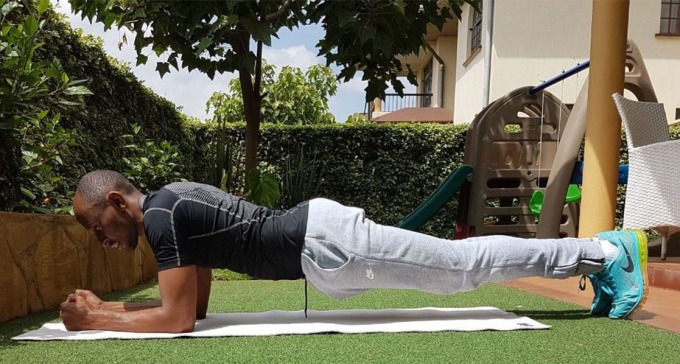
Plank movements help runners avoid moving their joints when doing strength training.
If you’re really struggling to figure out how to exercise with persistent pain, or if the discomfort doesn’t go away or gets worse, Broback recommends seeing a physical therapist. These professionals will be able to assess the cause of your pain and design a program tailored to your abilities and needs, so you can eliminate discomfort and train to your full potential.
According to Broback, older runners and runners with a history of injuries are in the same situation: they need to give their bodies more time to continue running.
Some runners need to spend more time warming up, some need additional modalities on recovery days. Most runners need to spend more time building strength with basic movements like squats, lunges, and deadlifts, Broback says.
“This will not only improve your running ability, but will also make you a stronger, more physically fit, and happier person overall,” says Broback.
Hong Duy
Source link













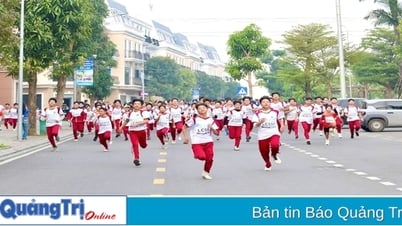






































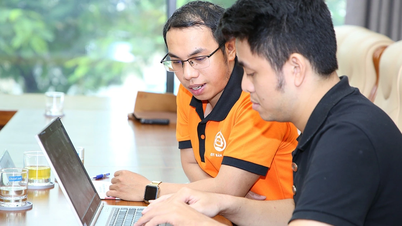














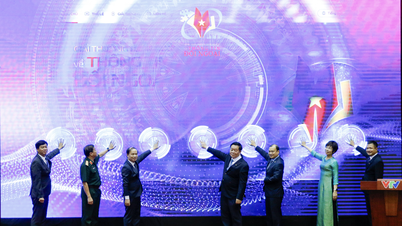

















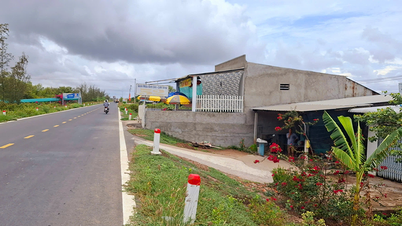



















Comment (0)